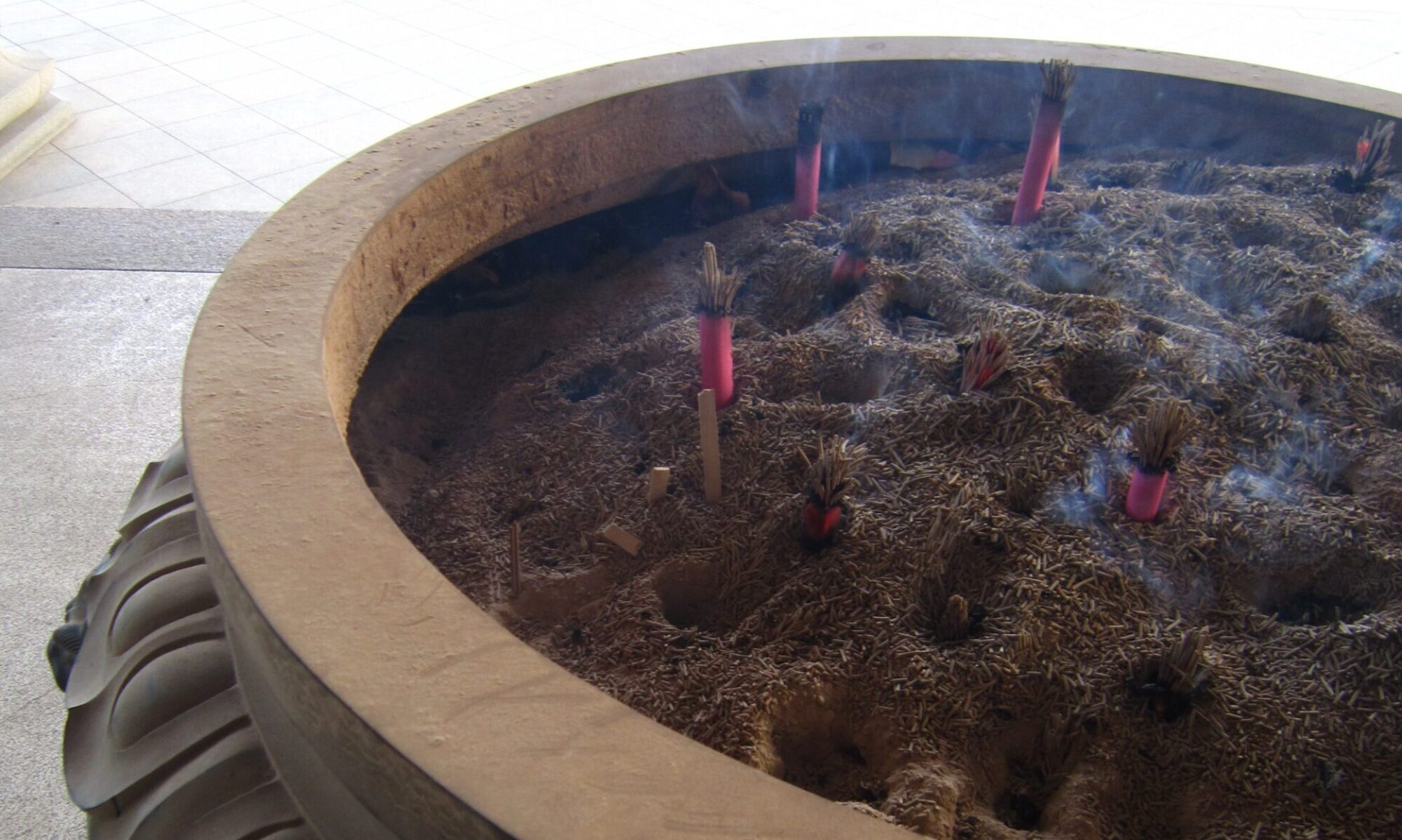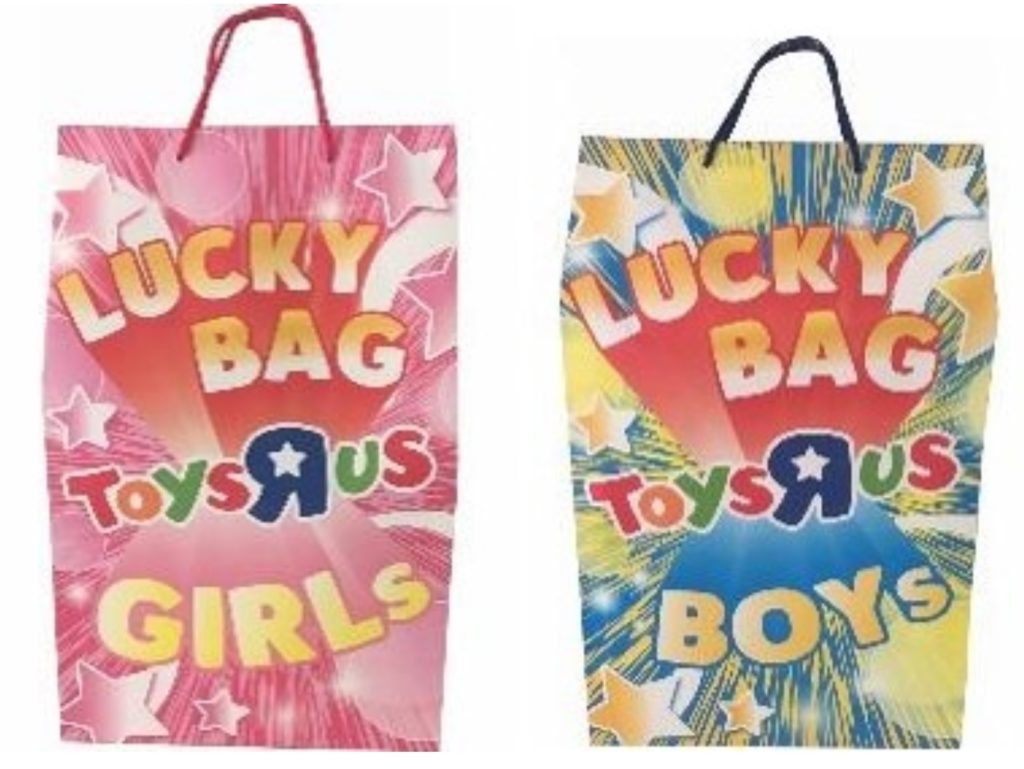Japan has a tradition of doing a massive cleanup of their homes before the year ends, and I happen to love joining in on this tradition. I know there’s spring cleaning, but nothing like ringing in the new year in a sparkling home.
That being said, it’s quite hard to throw things out in this country. Every city has its own rules of how you throw things out, and I think maybe the number 1 complaint I’ve heard from people about foreigners living here is: “They don’t know how to throw out trash.”
In the States, I lived in places where you could throw out cans and bottles right along with the regular trash. Not so here. Anywhere I’ve lived here, you just can’t do that.
Traveling in Japan and throwing things out
As a traveler, you will often come across garbage cans that either say もえるゴミ (burnable trash) or もえないゴミ (non-burnable). Again, the rules slightly vary according to where you are in Japan, but for the most part, I think of burnable trash as anything that is made of paper or any leftover food and such. I think of non-burnable as clean plastic (like from packages), metal, and bottles*.
*Sometimes there are trash cans that say カン (metal/aluminum cans so like beer cans) ビン (glass bottles) ペットボトル (plastic bottles like ones from vending machines or even the 2 liter ones). If you find these trash cans, then please sort your trash accordingly.
Some train stations have one that says 新聞 (newspapers), and sometimes you can see businessmen (I've never seen a woman do this) brazenly stick their hands down into the trash to fish out a newspaper or take the lid off entirely and grab whatever they want.
For the most part, Japan isn’t huge on just having trash cans everywhere for your convenience. Sometimes you can find trash cans outside of convenience stores, but there are usually signs that say “Only for leftover trash from what you bought here.” For the most part, Japan expects you to carry your trash with you and throw it out when you get home. Sometimes you can find bottle recycling bins next to vending machines, at least.
Tip for traveling here: If you can, bring along a little plastic bag to act as a trash bag that you can stuff in your bag. If you do happen to find a glorious trash can (sometimes train stations help you out here), please take a moment to actually sort your trash.
If you don’t know how to throw something out, take it back to your hotel and ask the front desk people.
Living in Japan and throwing things out
My number one tip for living here: Ask your ward office or city office for a little brochure about throwing out trash, then study it. Post it up on your fridge or wherever you need to so you can get it down. It’s annoying, a tremendous pain, but this is a small island nation that doesn’t have many places to throw stuff out. So please do everyone here a favor and try to figure it out if you plan on living here.
Throwing out large stuff: One of the great challenges is throwing out large items like broken or old furniture. In a lot of places where I’ve lived, you need to call the local ward or city office’s garbage collection number (it’ll be on the trash brochure if you got one. Otherwise you’ll need to look it up online) and arrange a date and time for someone to come collect it. They will tell you how much it’ll cost to throw out. Then you go to a convenience store, buy a special coupon thing to attach to your furniture, and on the arranged date and time, you put your old furniture at the designated site with the coupon attached. I don’t know if this is the same process everywhere, so again, look at that trash brochure thingy for options or ask the local ward/city office.

